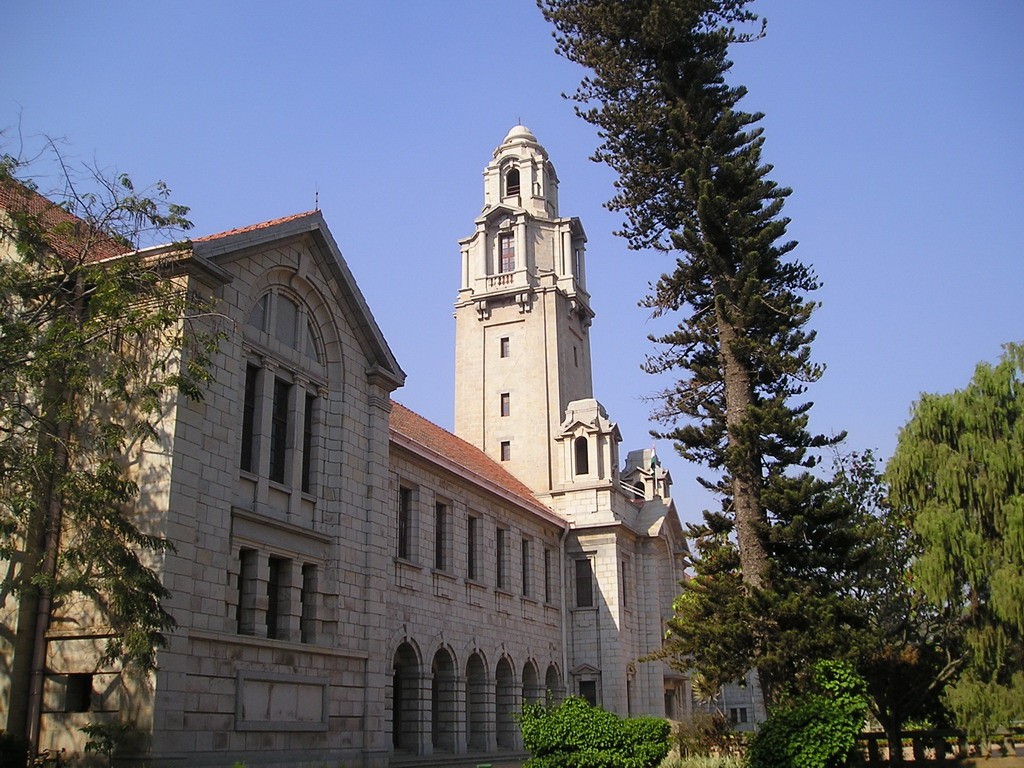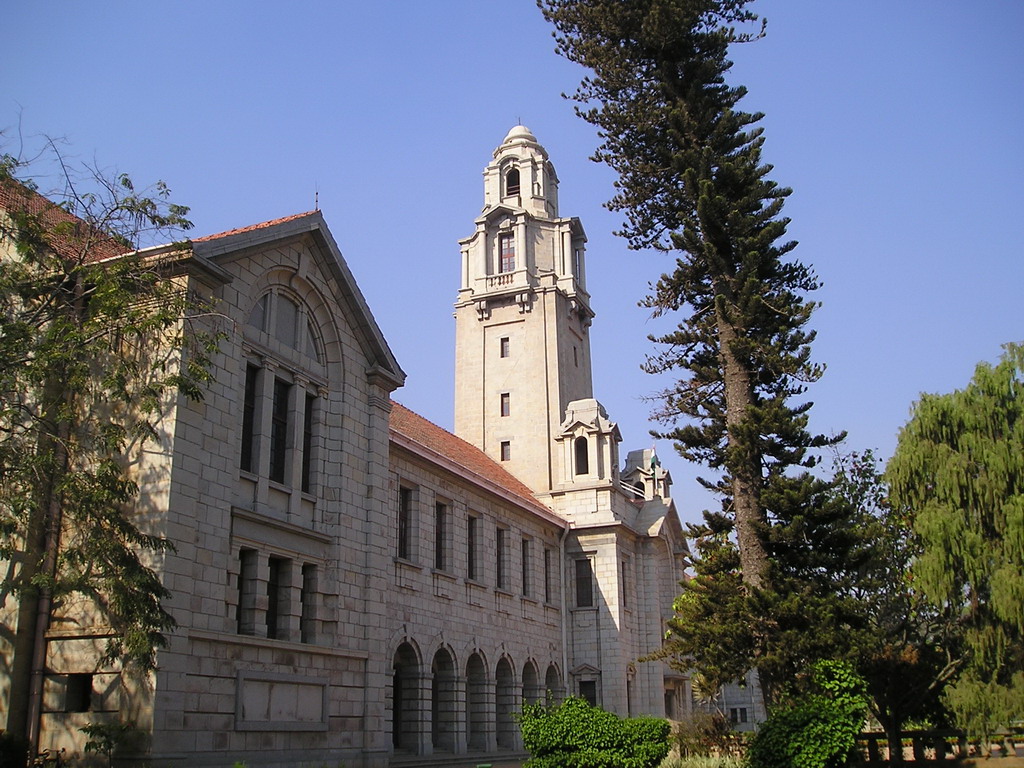The shocking state of India’s higher education standards stands exposed once again. According to the 2016/17 QS World University Rankings, no Indian university figures in the top 150 universities in the world. The Indian Institute of Science, Bangalore is the highest ranked Indian university with a global ranking of 152.

According to the list, the Massachusetts Institute of Technology has been named as the world’s best university. It is for the fifth consecutive year that it has bagged this honour. It is followed by Stanford University and Harvard University. The University of Cambridge has secured the fourth rank and is the highest ranked university outside the US. Other universities in the top 20 include Oxford (6), Princeton (11), National University of Singapore (12), Yale (15) and Columbia (20).
The list is been compiled by global higher education think tank Quacquarelli Symonds (QS) annually since 2004. The IISc was ranked 147 in the last year’s list and slipped by five positions this year. Five IITs find a place lower down in the list, with IIT Delhi (185), IIT Bombay (219), IIT Kanpur (302), IIT Kharagpur (313) and IIT Roorkee (399) figuring in the top 400. The ranking of Indian institutions has declined as compared to the last year’s list. The decline is attributed to the relatively low numbers of PhD-qualified researchers and low international faculty ratio.
The rankings are done on the basis of the following six parameters, carrying different weights: academic reputation, employer reputation, student-to-faculty ratio, citations per faculty, international faculty ratio and international student ratio. In terms of individual parameters, four Indian institutions found place among the world’s top 100 for research impact, as measured by citations per faculty metric. Ben Sowter, head of research at QS, commented that though India is making substantial and commendable progress towards ensuring that more of its tertiary-age population has access to tertiary education, substantial challenges remain.
